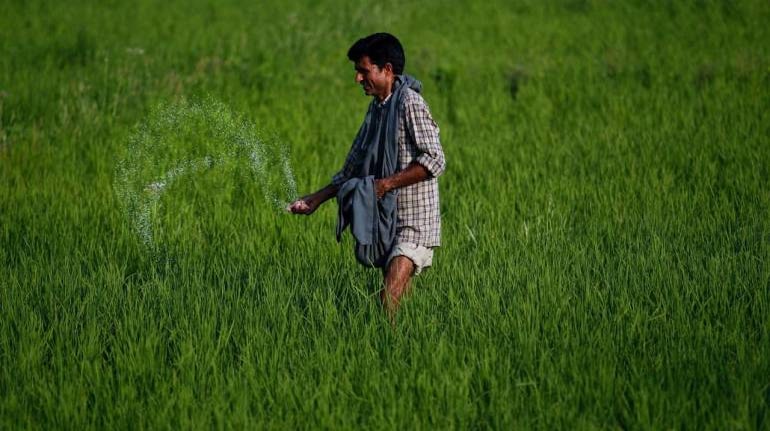The momentum witnessed in fertiliser sales so far in 1H (first half) FY21 is unlikely to continue despite healthy water reservoir levels and better monsoon prospects, owing to the likelihood of increase in the COVID-19 spread to rural areas and higher systematic inventory, ratings agency said.
India's fertiliser sales are likely to grow 10-15 percent in 2020-21, however, the momentum seen in first half of the fiscal is likely to moderate during the second half, India Ratings and Research (Ind-Ra) said in a report.
The momentum witnessed in fertiliser sales so far in 1H (first half) FY21 is unlikely to continue despite healthy water reservoir levels and better monsoon prospects, owing to the likelihood of increase in the COVID-19 spread to rural areas and higher systematic inventory, it said.
However, fertiliser sales are likely to grow in the range of 10-15 percent for the full FY21 as compared to last financial year, supported by the increase in 1H FY21 sales.
Sales increased in 1H due to increased sowing and acreage in the ongoing kharif season, better labour availability, favourable monsoon prospects for the upcoming rabi season, increase in reservoir levels across key fertiliser consumption areas and better fund availability with farmers, the report added.
India's monthly fertiliser sales have spiked on a YoY basis since the lockdown came into effect at the end of March.
Fertiliser volumes sold during April-July 2020 were 57 percent higher at 22.2 million tonnes (mmt), Ind-Ra said.
The report further said urea was the major contributor to absolute fertiliser sales increase during April-July 2020 owing to lower pricing and varied applicability as compared to other non-urea fertilisers.
However, from a growth perspective, nitrogen-phosphorous-potash-sulphur (NPKS) saw a strong growth of 86 percent, followed by di-ammonium phosphate (DAP) and muriate of potash (MoP).
This was in line with the industry push towards NPKS fertilisers, which are better for improving soil nutrient balance and soil health, the report added.
Fertiliser sales surged during the lockdown as the government identified agriculture as essential sector and increased its spending on the sector and rural development by 126 percent to Rs 1,24,700 crore during the first quarter of FY21.
The spending was increased by various means such as better minimum support prices (MSP) for key products harvested during 4QFY20-1QFY21, higher procurement of key rabi crops, timely payments of rabi crops as well as various fund transfer schemes, it said.
In the wheat marketing year 2020-2021, the government has so far procured 38.9 million tonnes of wheat through state governments and all procuring agencies led by the Food Corporation of India.
Farmers utilised these funds to either purchase agri inputs such as fertilisers, seeds and pesticides or farm equipment like tractors, Ind-Ra added.
The area sown during the kharif season till end-July 2020 increased by a hefty 14 percent compared to last year, whereas the crop acreage also grew by 9.9 percent YoY.
Ind-Ra expects higher annual fertiliser sales to continue during the balance of kharif season, albeit at a lower growth rate, supported by higher sowing and crop acreage and better farmer liquidity aided by continued government efforts on increasing farmers' income.
However, fertiliser sales growth is likely to moderate in the rabi season despite the above positives due to increase in COVID-19 spread.
There are signs of increasing spread of coronavirus in rural areas, which has so far been largely immune, the report noted.
If the virus were to spread in rural geographies the way it has spread in urban areas, it is likely to lead to labour as well as funds shortage with farmers in the upcoming rabi season and affect fertiliser demand, the report added.







